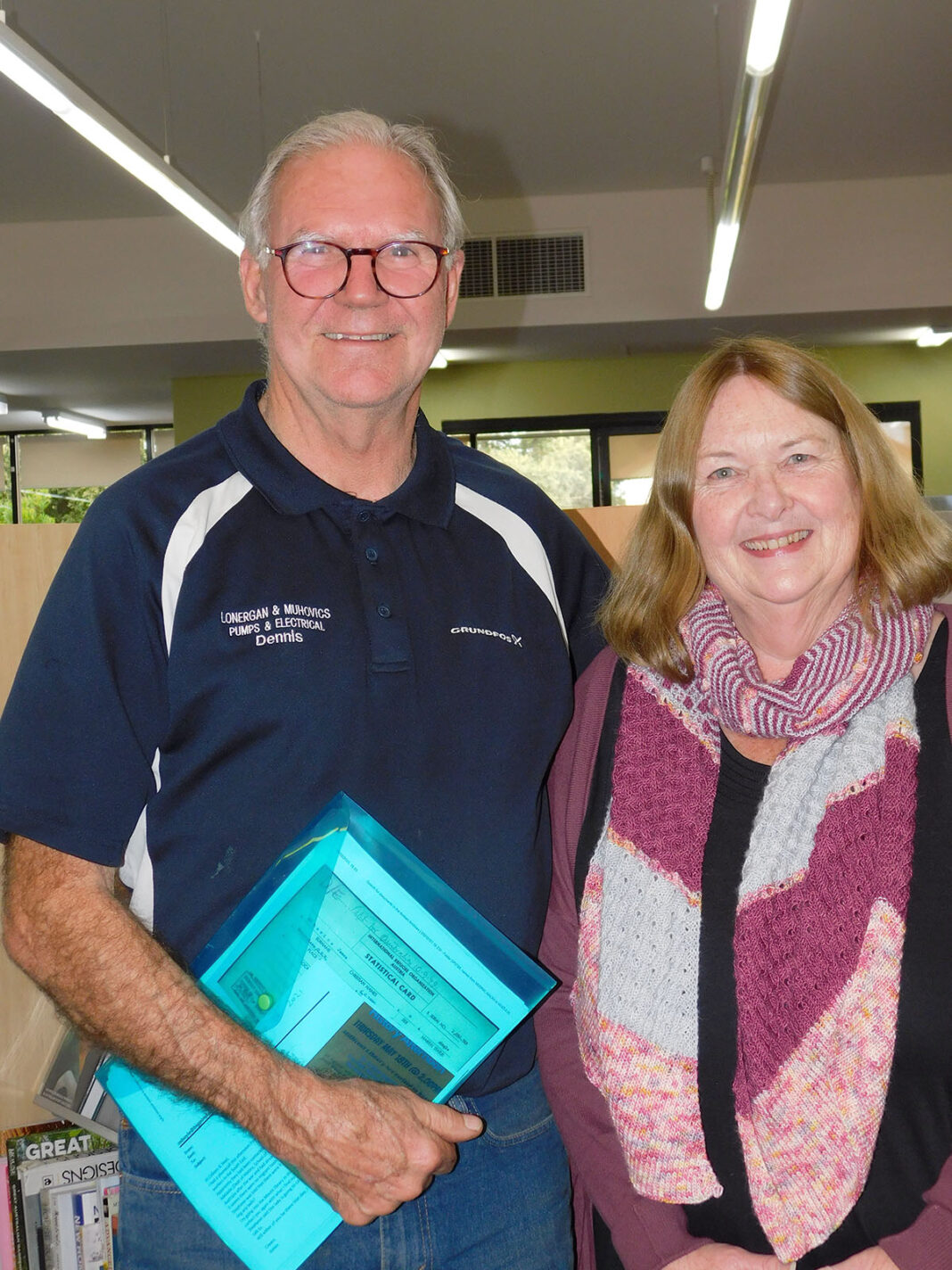Migrants employed on drainage works at Hatherleigh in the post-war period once sent a deputation to the Italian consulate in Adelaide to complain about the quality of the food being served to them at their work camps.
This little-known fact was revealed when university researcher Dr Karen Agutter recently addressed 30 members of the Local History Group at the Millicent Public Library.
Migrant work camps in the post-World War II period housed so-called Displaced Persons and special project workers from South Australian industries ranging from railways, water, and forestry to wineries, cheesemakers and hospitality.
The experiences of new migrants in these settings were mixed, with many reporting considerable isolation and poor conditions, while others formed long-lasting bonds with those in their camp and the local community.
Historians such as Dr Agutter know very little about this critical period in SA history, as memories and stories have not been well-preserved.
As a result, Dr Agutter is making a number of trips to the South East from her base at the University of Adelaide to obtain the first-hand accounts of migrants and their families.
Dr Agutter said there was an acute shortage of housing after World War II in SA with migrant workers accommodated in work camps along with tents, dormitories, hospitals, hotels and boarding houses.
“The South Australian Railways was the largest employer of migrants at that time,” Dr Agutter said.
“There were work camps at Wolseley, Naracoorte and Mount Gambier and migrants worked on the conversion of the gauge from narrow to broad.
“Displaced Persons were essential to the South East railways gauge conversion project and it was completed quicker than anticipated.
“Many migrant workers were obliged to work for the government for two years to pay for their passage.
“They then either stayed on or went to the capital city.
“Migrants stayed here in the SE more than anywhere else.”
Dr Agutter said there were a small number of females who came to Australia as Displaced Persons and they chiefly saw out their two years of obligatory work as domestics.
A number of stories were shared from those in the audience.
Peter Hales recalled a childhood memory of Italian migrant Frank Fabris who was working in the pines at Nangwarry.
“In 1952, Frank bought a boat and went fishing for lobsters at Southend,” he said.
“Frank was later joined by his brothers Mario, Bruno and Charlie.”
Dennis Muhovics estimates around 20% of the workforce of the now-closed Cellulose Mill at Snuggery were migrants when he began his apprenticeship there in 1968.
“My late father was conscripted into the German Army during World War II,” Mr Muhovics said.
“He emigrated from Hungary to Australia in 1949 and eventually managed a sawmill at Glencoe.
“Dad said he would never return to Hungary as he was scared of the Russians.”




